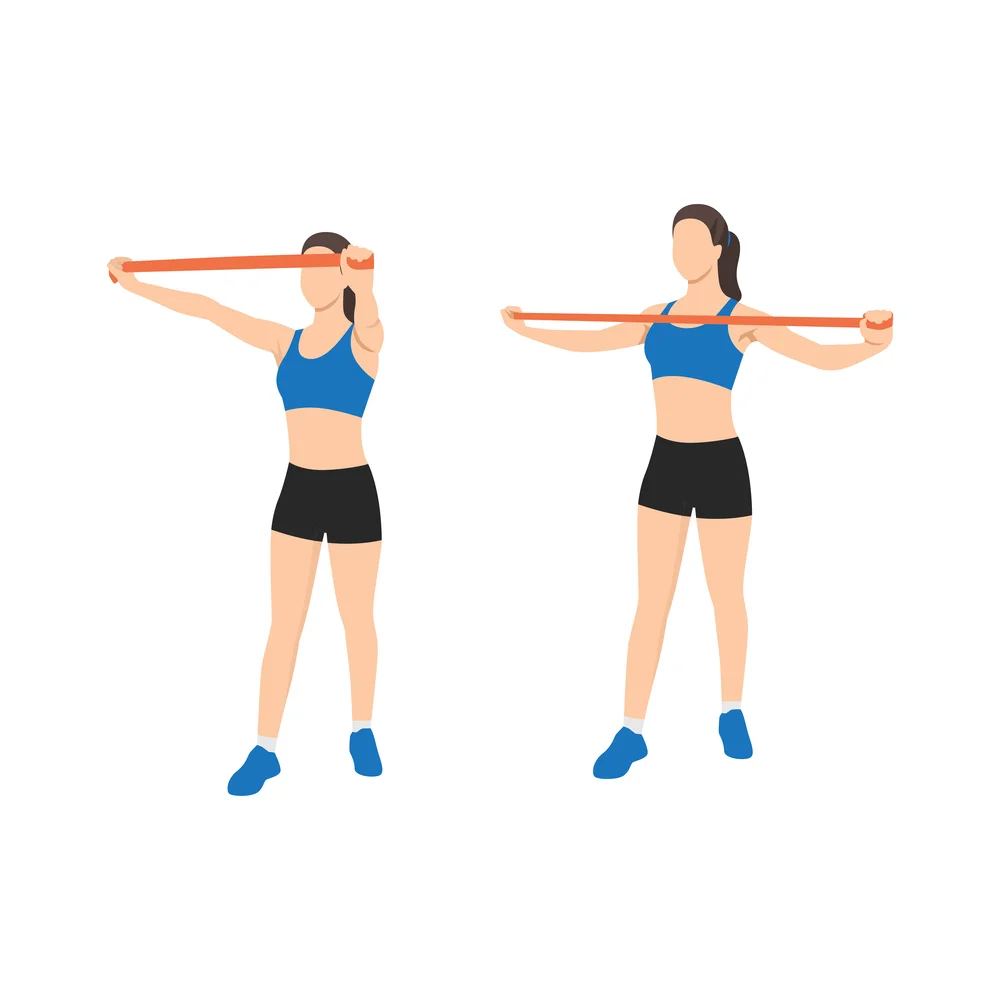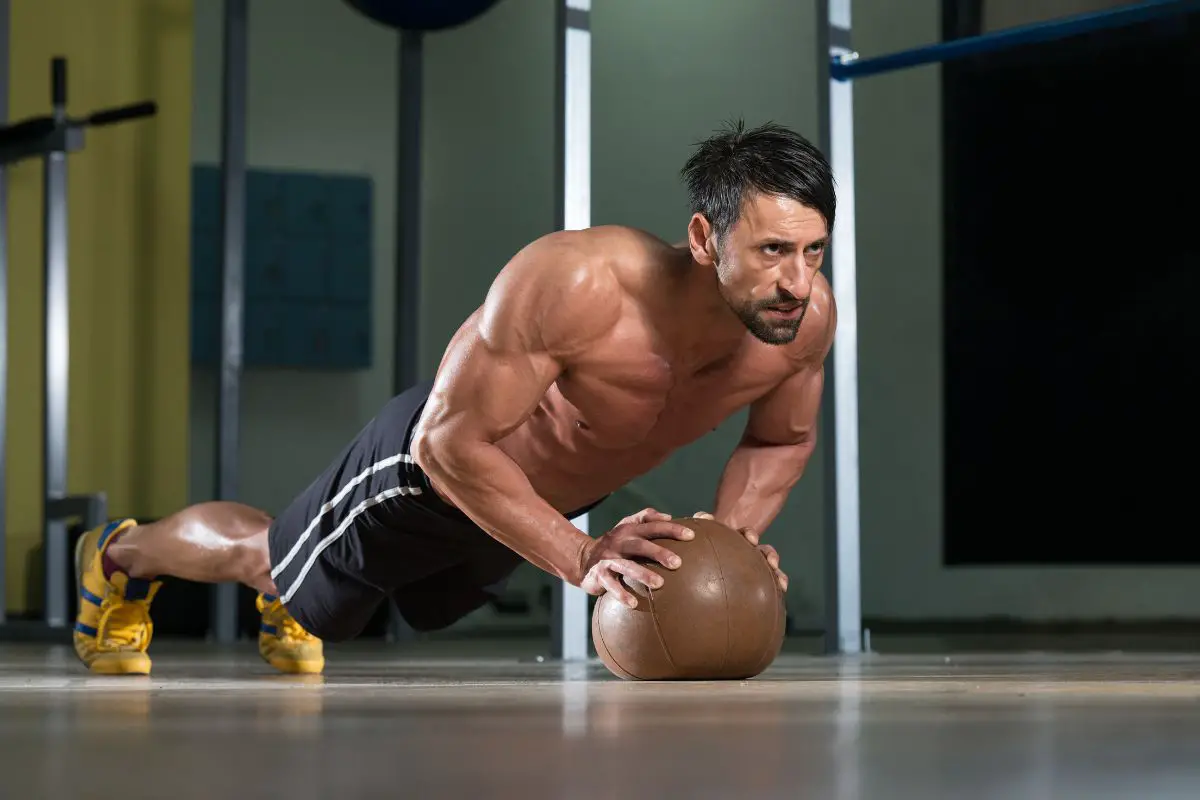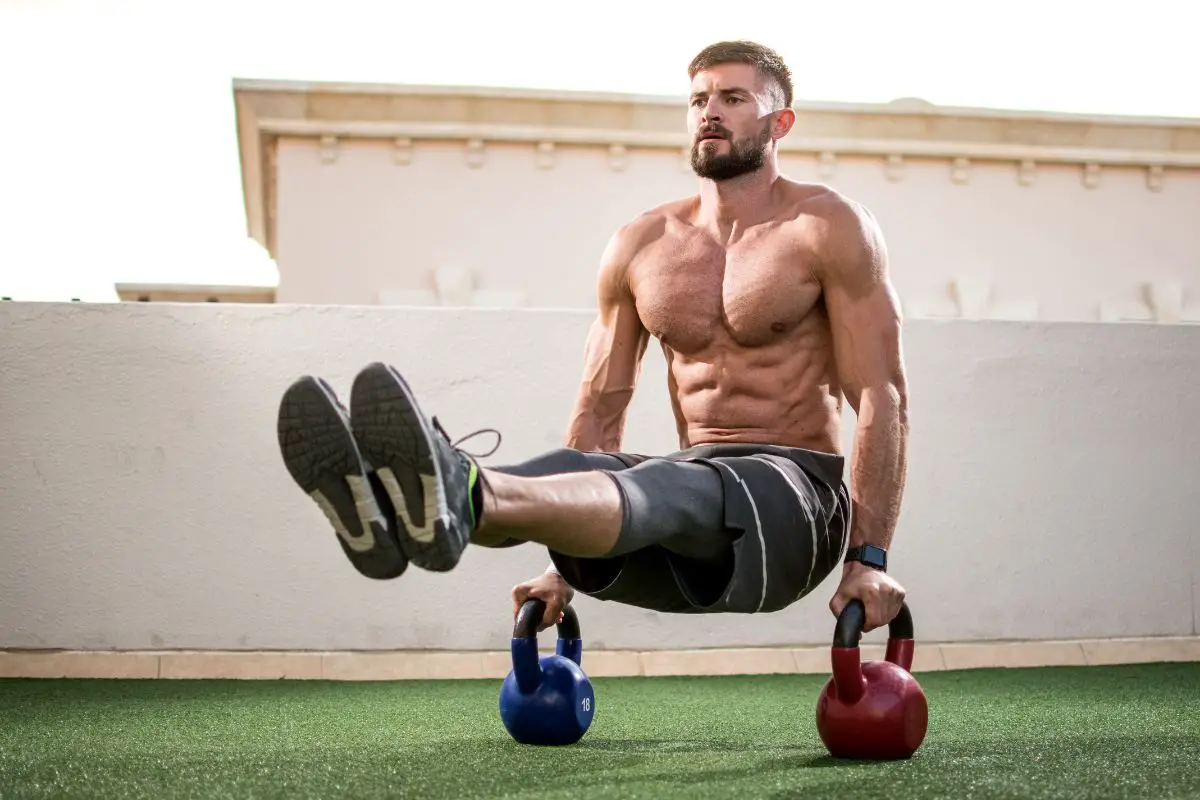Exercise

When hitting the gym, you are usually only targeting the muscles visible, since, after all, who doesn’t want strong hip flexors or big lats?
However, believe it or not, the muscles we can’t see are just as important, too. This is where your shoulder blades come in.
Yes, we know, you can see your shoulder blades and that you’re aware of their existence, however, did you know they are vital for shoulder stability, mobility, and pressing strength, too?
Your scapula, or in other words, your shoulder blades, are categorized as triangular-shaped pieces of bones that are the focal points for 17 different muscles – impressive, right?
While you cannot directly train your scapular (since they are made of bone), there are different mobility exercises you can undertake to strengthen and support your shoulder blades.
With this in mind, we have outlined 7 of the most amazing scapular mobility exercises you need to try today, including how to perform the exercise and the benefits.
1. Reach And Row
You can perform the reach and row while using a band or a cable machine. Essentially, it can be compared to a standard single-arm row, although it contains a twist.
Here, to start with, you’ll want to reach forward, moving one shoulder blader at a time. This engages the serratus anterior and ensures active stretch within the upper back.
How To Perform The Reach And Row?
Grab a resistance band that features handles and loop around a strong object or a D-handle attached to a cart machine.
Take a few steps away from the object until the resistance in hand is taught, then, take a position of split stance.
Reach towards the anchor point by leaning your torso forward and pulling the handles down towards your hips – keeping your back straight and your shoulders down.
Benefits
- Strengthens the serratus anterior.
- Provides an increased ROM, ensuring an enhanced muscle-building potential.
- At the top of the movement, it engages the overhead range of motion.
2. Reverse Band Flye
In general, band pull-apart exercises are amazing for the scapula, however, reverse band flye is even better.
These two movements support scapular retraction, although the banded reverse flye ensures a motion range that is longer – which therefore creates more tension.
Moreover, since you’re extending the range of motion (ROM), you’re able to target the shoulder blades more efficiently as opposed to the somewhat limited ROM band pull-apart exercise.
How To Perform The Reverse Band Flye?
Take a resistant band that features handles and loop it around the column of a cable machine or a pole.
Take each hand to grab the handle, then take a few steps back until the band is taught. Then, keep your elbows straight, shoulders down, and chest up to pull the bands apart to form a T with your arms.
Then, bring your arms back to the starting position and repeat the movements.
Benefits
- Ensures a larger ROM as opposed to the band pull-apart movement, meaning that it is more effective in targeting upper back hypertrophy.
- Focuses on the major upper back muscles and the posterior deltoids, this includes the trapezius and rhomboids.
3. Stability Ball Push-Up

Any exercise that involves a stability ball will make it exponentially harder. Although, this doesn’t mean you want to perform all your exercises on the ball, either.
However, doing push-ups is a great way to engage your scapular. Here, your shoulder blades are required for movement but also for stability, too.
The ball push-up is among the few on this list that targets your scapular stability; since you’re performing a somewhat basic move on an unstable surface.
The stability and balance that is required to remain upright on the unstable ball targets the stabilizing muscles located around the shoulder blades – ensuring overall stability in the shoulders.
How To Perform The Stability Ball Push-Up?
With your hands centered on each side of the stability ball and your feet hip-width apart on the floor, start in a push-up position,
Here, you’ll want to squeeze your glutes, brace your core, and then lower yourself towards the ball. Then, stabilize yourself and return to the starting position.
Benefits
- This is a great way to create challenges in your push-ups, without requiring weights.
- Here, the unstable surface of the ball engages the abdominal muscles – strengthening the core.
- Stabilizes and strengthens the scapula muscles.
4. Push-Up Plus
When performing this exercise, many people finish it by locking out their elbows. While this isn’t wrong, you want to avoid pushing beyond the lockout to target the scapular movement more efficiently.
This is similar to rounding your upper back, however, instead, you’re training your serratus anterior – this is the muscle that connects the scapular to the rib cage, providing you with a cut look just beneath the pec.
How To Perform the Push-Up Plus?
Position yourself in the push-up plank position with your hands situated underneath your shoulders and your body in a straight line, from head to toe.
Then, lower yourself towards the floor until your chest is in close contact, and then push yourself up by pressing your hands to the floor. Here, you’re protracting your shoulder blade by rounding your upper back – like a cat!
Once finished, straighten your back to return to the starting position, and repeat how many times necessary.
Benefits
- The enhanced range of motion ensures you’re building muscle stimulus in the pecs and triceps
- Focuses on engaging the serratus anterior muscle, this is often neglected when exercising the shoulder muscles.
5. Overhead Carry
You can use dumbbells, barbells, kettlebells, or even a trap bar to perform the overhead carry.
These are used to strengthen the scapula stability by training the muscles in difficult positions and improving overhead stability.
How To Perform The Overhead Carry?
Start this movement by pressing the weight overhead – keeping your hands shoulder-width apart.
Here, your biceps should be located by your ears, with your wrists neutral and straight.
Once in position, you’ll want to take slow, small, and deliberate steps, keeping your gaze straight ahead.
Benefits
- Can be achieved with various equipment.
- Improves core stability, scapular stability, and overhead stability.
- Increases hypertrophy and strength to your shoulders and upper back thanks to the tension in the overhead weights.
6. Band YTWL
This exercise can either be performed using your own body weight, a pair of dumbbells, or even a looped band.
The benefit of his movement is that you’re engaging all the necessary muscles, including the shoulder blades.
Plus, the muscles that are engaged here will become more fluid and stronger. Although, keep in mind that in some positions, you’ll become stronger – for instance, the ‘W’ position – when performed in certain positions.
Therefore, you might want to look at training the exercise in different phases by performing different sets.
How To Perform the Band YTWL?
At the upper chest level, anchor a looped band and take a hold of both ends, then take a few steps back.
Place your arms in front of you and then raise them overhead to form a ‘Y’ shape for five reps, then position them in a ‘T’ shape for another five recipes, and then a ‘W’ shape for the final five recipes.
Here, you want to keep your elbows high in an ‘L’ movement when you’re pulling the bands towards you, rotating them for five reps.
Benefits
- Various angles are used to train the upper back – this mimics the everyday activities on the sporting field.
- Your scapular stability is enhanced by strengthening the upper back and shoulders.
7. L-Sit

In addition to being a brutal core exercise, the L-sit is also known to retract the scapula effectively, too.
Here, you’re focusing on the lower traps, which are usually neglected, and are important for the stability of your scapular.
While performing this, push your shoulder blades down so they’re away from your ears. If you have trouble doing this, keep your feet planted on the ground, lifting one at a time.
How To Perform the L-Sit?
Keeping your arms straight, place both hands on the equipment and remain in a firm grip.
Then, lift your keeps – keeping them straight – until they reach a parallel position to the floor and you’re in an ‘L’ shape.
Then, bring your shoulders back down, ensuring you’re straight and keep your gaze straight with a neutral neck.
Benefits
- This movement trains your entire cores, this includes the obliques, rectus abdominis, quads, hip flexors, shoulder, triceps, lats, and pecs.
- This total body strength exercise also trains the lower traps – these are important for the stability of the scapular.
Final Thoughts…
When it comes to exercising, the muscles you can’t see are just as important as the ones you can.
This is the case for the scapular which is the main point of connection between a range of different muscles.
Hopefully, this guide has informed you on the 7 most amazing scapular mobility exercises that you need to try today.




